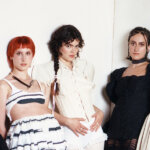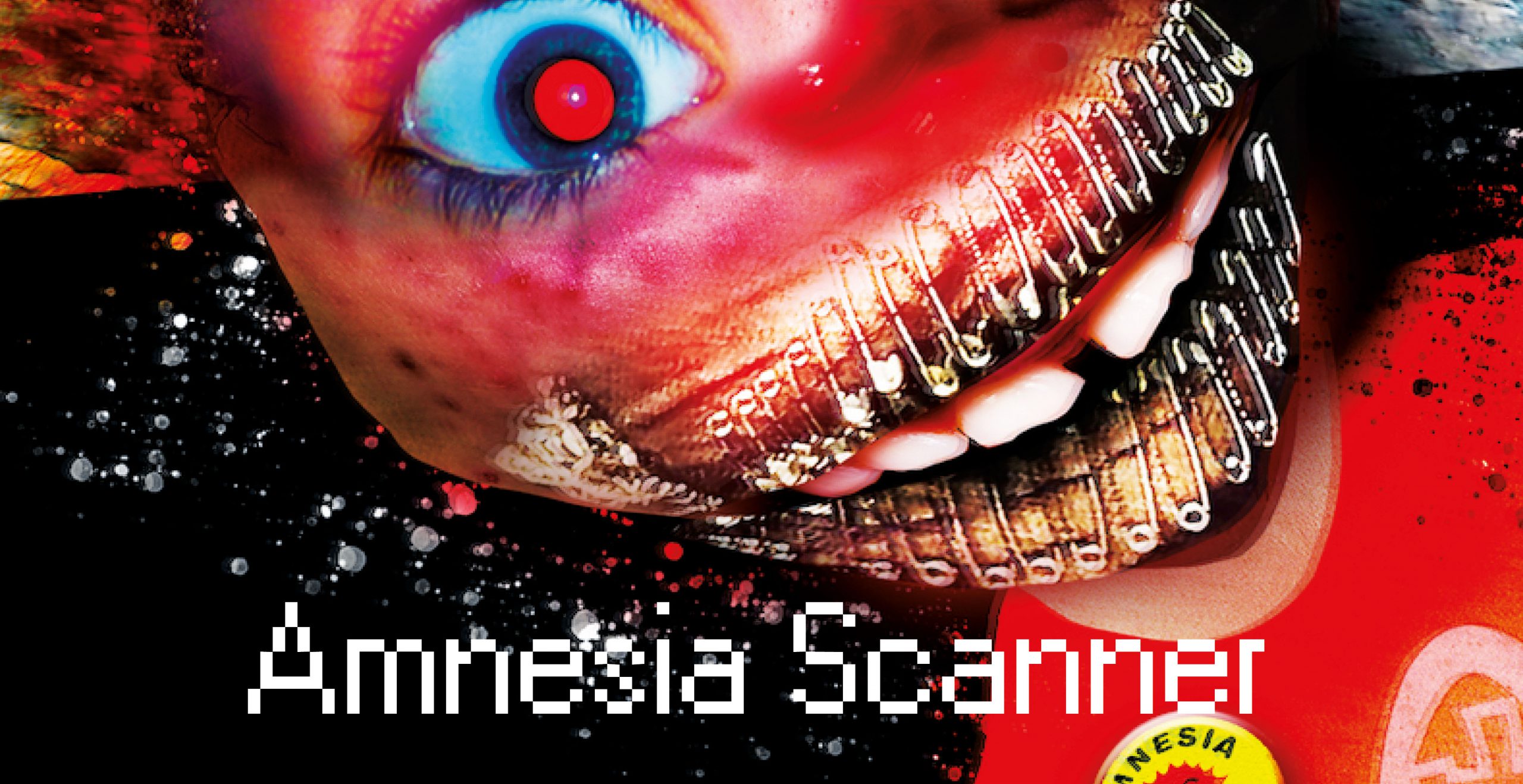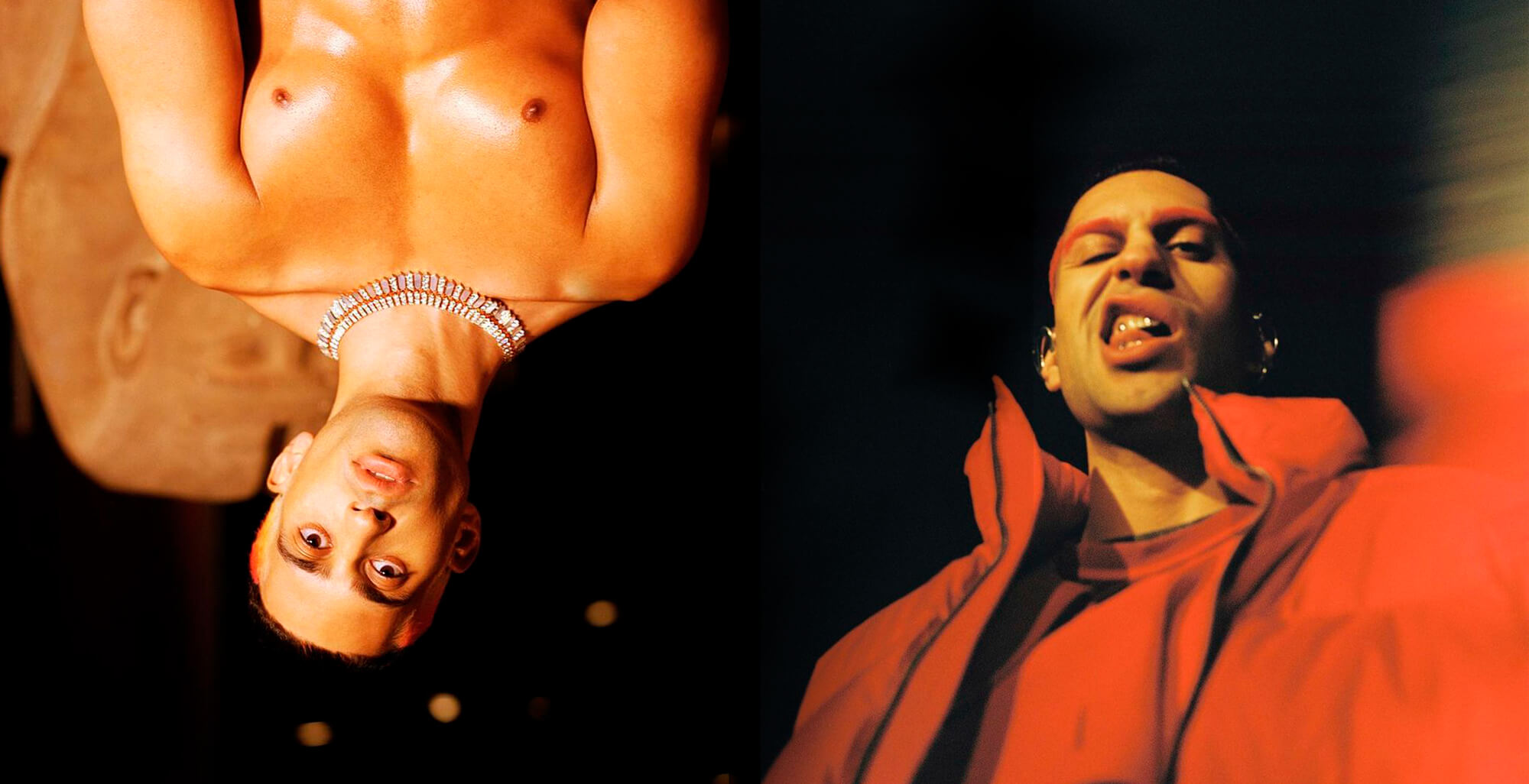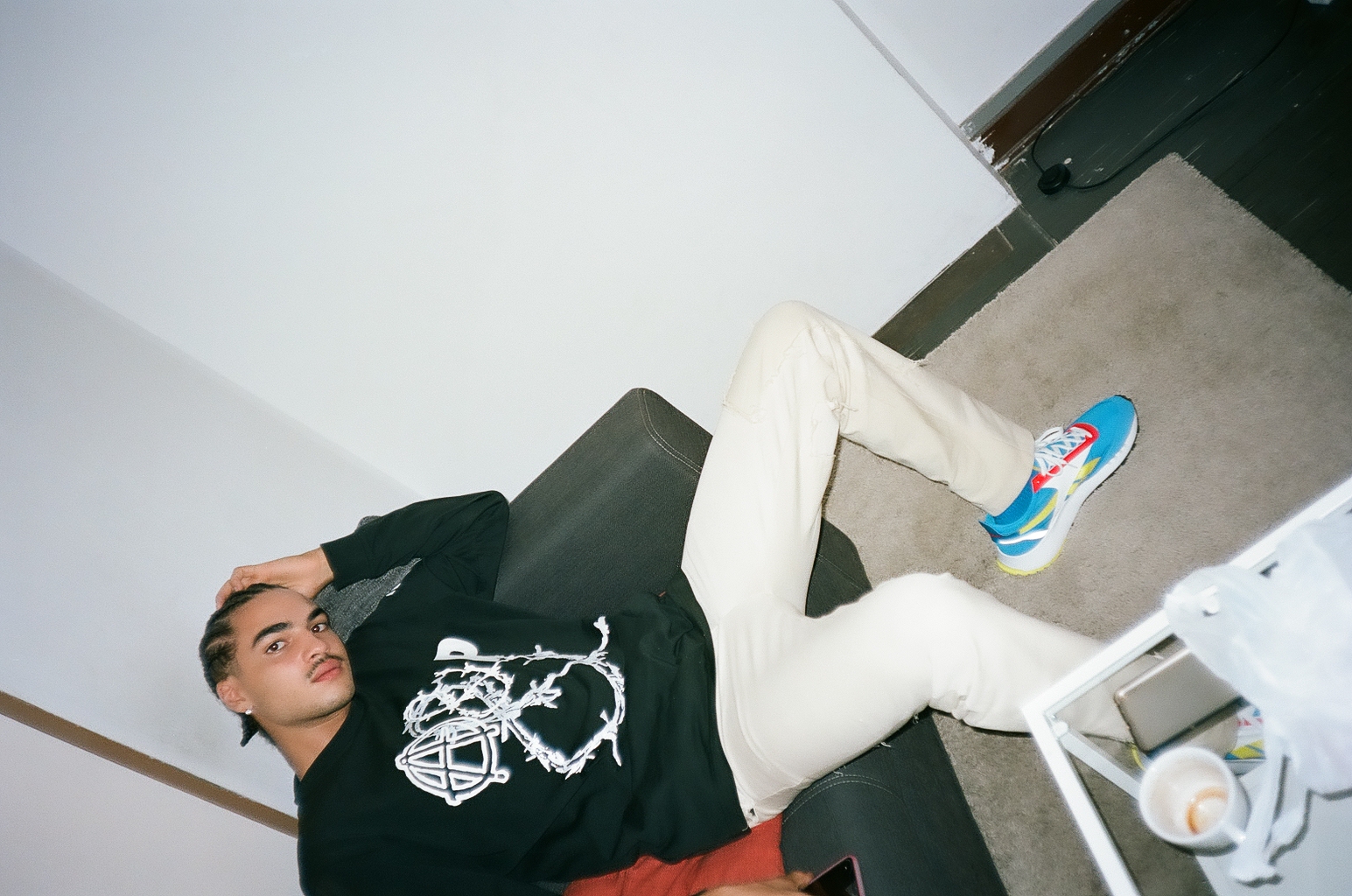The British rock band The Last Dinner Party has taken the music world by storm with their lush, cinematic debut album, ‘Prelude to Ecstasy’, and even before that with their debut single, the breakout hit, ‘Nothing Matters’.
The Last Dinner Party’s meteoric rise to the status of one of the U.K.’s hottest rock bands has led to plenty of online speculation about the band members, with allegations of nepotism and industry planting.
Yet, setting aside the unverified accusations that have been floating online, it’s safe to say that The Last Dinner Party has managed to forge a distinctive sound and visual language that blends loosely historical references from a plethora of time periods with contemporary pop and internet culture to explore new and classic themes with their already signature gusto and extravagance.
The key to capturing the zeitgeist in the digital era: the right visuals (and sound)
“It’s really important to us that it’s a whole show visually and sonically, and it’s involving as well – that’s why we like people to dress up because we want them to feel like they’re a part of something, all sharing in an experience,” said the British band’s guitarist and vocalist Lizzie Mayland in an interview to the Yorkshire Post. “It’s not just standing and watching us prance around on stage, it’s we’re all enjoying this together.”
Their aesthetic is history-inspired and yet quintessentially Gen Z. Lace, velvet, corsets, and ethereal white gowns abound both on stage and in the official shots. Their fashion choices contribute to the creation aesthetic familiar to those who have spent any time on #Queertok since the pandemic, and The Last Dinner Party has expertly employed it as a visual storytelling tool.
Music’s visual and storytelling aspect has been as fundamental to the success of artists and their projects as their sound for decades, arguably since the birth of the music video. Musicians’ ability to capture and retain an audience and create distinctive personas and eras through visuals, in addition to compelling sound and themes, has become even more influential recently with the advent of digital spaces and social media, where captivating visuals are pivotal to reaching new listeners.
Telling relevant and palatable stories, walking that tightrope of self-expression and self-invention, and doing it through music and visuals as an emerging artist is challenging, but it makes for a music sensation. That’s arguably the “secret sauce” behind ‘Prelude to Ecstasy’: the band’s ability to capture the current zeitgeist.
A tale as old as rock music – how visuals have made European rockstars into music legends
In this regard, The Last Dinner Party is an heir of a tradition of European artists such as David Bowie, ABBA, and Queen, who successfully used fashions and visuals to create personas and a symbology just as integral to their art as their music itself. Freddie Mercury’s signature military-style jackets and ABBA’s coordinated disco outfits didn’t solely make for iconic and influential looks in their own right. They were also part of what made and makes these artists still recognizable decades later.
The similarities between the way The Last Dinner Party uses fashion and visuals to bring their vivid celebration of feeling to life and the artistry of fellow British singer David Bowie, in particular, are quickly drawn, especially given the artist’s everlasting influence on Queer culture and music.
The Last Dinner Part and Chappell Roan – emerging Queer artists using visuals as a storytelling and self-invention tool
Bowie’s legacy in these terms is being carried on by a new generation of musicians, who use music and fashion to explore themes related to Queer culture and reflect on their personal experiences and formative years as Queer people like The Last Dinner Party did in their debut album, particularly in the songs’ Sinner’ and ‘My Lady of Mercy.’
The Last Dinner Party aren’t the only emerging artists who are making a name for themselves using visuals and fashions as well as solid songcraft as storytelling devices to tell tales of Queer love, lust, and heartbreak. At first glance, ‘The Rise and Fall of a Midwest Princess’ debut album of pop music’s newest sensation Chappell Roan, whose popularity skyrocketed after her first-ever Coachella performance, might seem diametrically opposite to ‘Prelude to Ecstasy.’
Yet while the former’s cabaret and drag-inspired, sequins-saturated visuals seem to have little in common with period drama-y, religious references filled ones of the former, they unexpectedly have a common denominator. They both have crafted an aesthetic that fits their artistry and their background like a glove and that speaks of and to the digital culture of the early 2020s, especially the one built within Queer spaces.
While making music that allows the musicians to connect with people in addition to expressing themselves might make some people question their music’s “authenticity,” particularly within indie circles, creating music and visuals that channel the zeitgeist is an art form in itself.




























